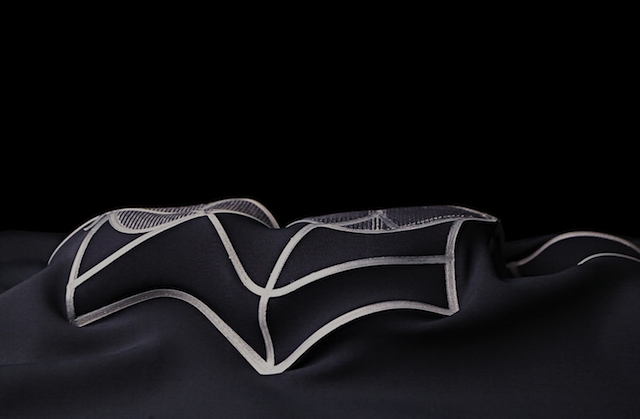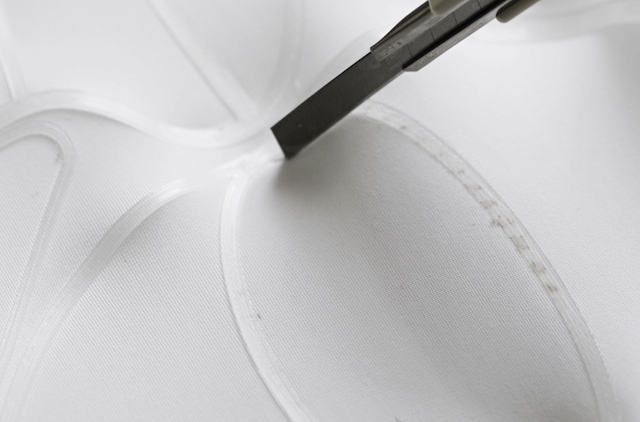As 3D printing technology slowly seeps into the worlds of both fashion and robotics, we’ve had the opportunity to witness quite a few innovative and experimental 3D printed wearables that react to environmental and sensory stimuli. Designers such as Paola Tognazzi have developed wearable garments that transform with movement, while other endearing projects have explored wearables that react to our very own brain waves. Extending this exciting field even further now are two industrial designers from MIT, Christophe Guberan and Carlo Clopath, who have just created the Minimal Shoe, 3D printed footwear that changes shape in response to stimuli from the wearer. Working with computer scientist Skylar Tibbits within the MIT Self-Assembly Lab, the three design-savvy makers have worked tirelessly towards manufacturing this shape-shifting shoe.
The MIT team utilized FDM 3D printing with plastic material, which was extruded tastefully onto stretched textiles. These textiles then change the form of the Minimal Shoe when the stretched textile is released by activity of the wearer’s foot. The shoes don’t only function uniquely in terms of its reactive nature, but they also appear fashionably modern and geometrically complex, too, almost resembling a sizable bed sheet hanging out to dry on a slightly windy day. In order to minimize excess material and project costs, the team has taken a more realistic material approach, by combining the 3D printed plastic upper part of the shoe with more traditional materials, such as leather and rubber.
“We can shrink the size of the shoe, have it contract around your feet. 3D printing [entire] shoes is quite long and inefficient, so we minimized the amount of 3D printing used,” said Guberan. “It’s quite interesting to say that we don’t have to 3D print the entire shoe, but we can add to existing material.”
The team is still researching better quality methods for reactive 3D printed wearable footwear, and, in turn, are working towards making our physical and material reality a more fluid and active experience. Though the Minimal Shoe could potentially be fully manufactured via 3D printing, without the secondary materials, their hybrid process allows for more customization and accessibility within their product. What makes this project extremely innovative and note-worthy is the lack of robotics and sensors utilized in the MIT research team’s project, proving that these advanced technologies are not necessary components for interactive garments. In fact, these stretchable textiles and 3D printed plastic appear to hold enough power to take our physical and bodily experiences and transform the shape of what we are wearing accordingly.




